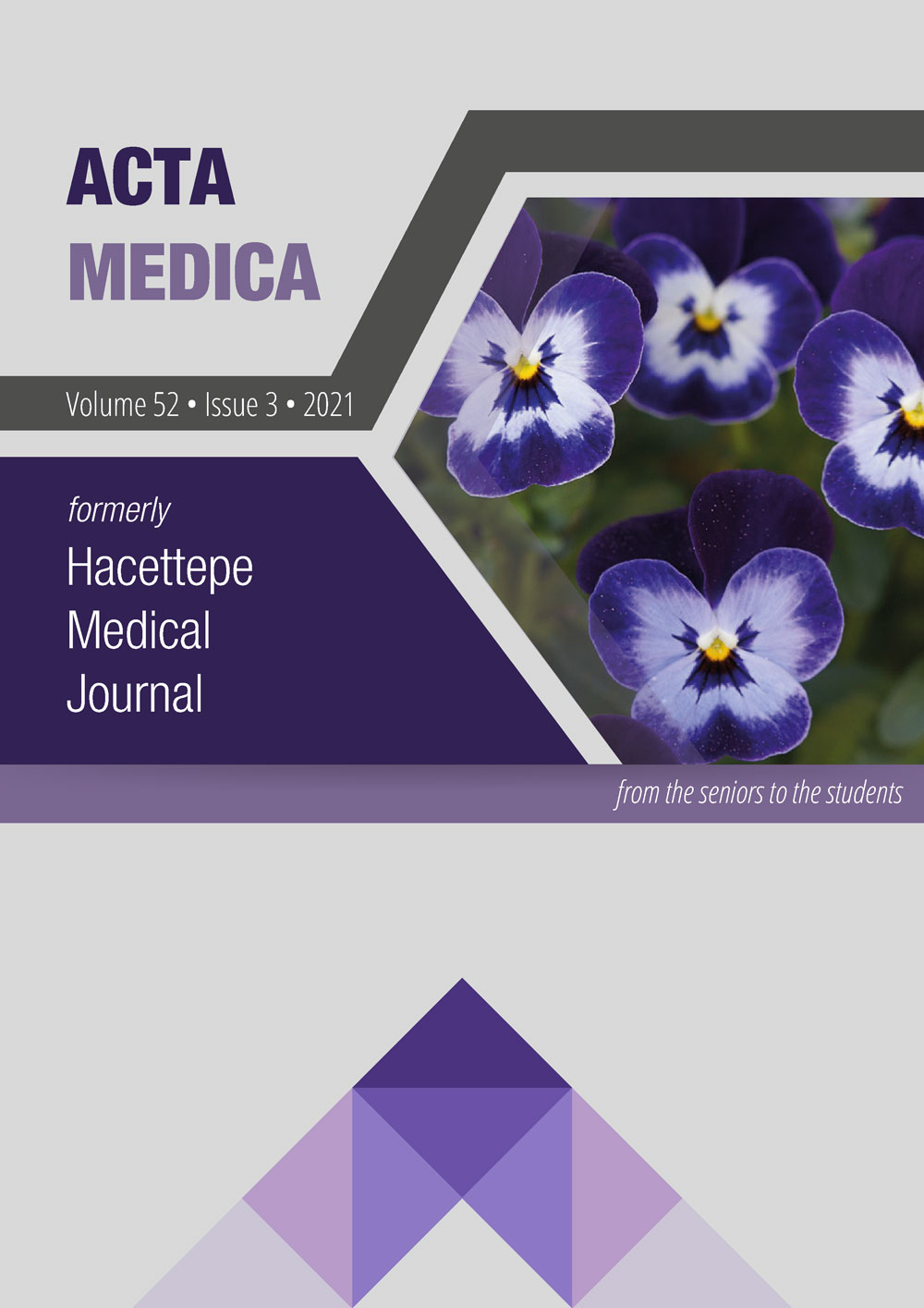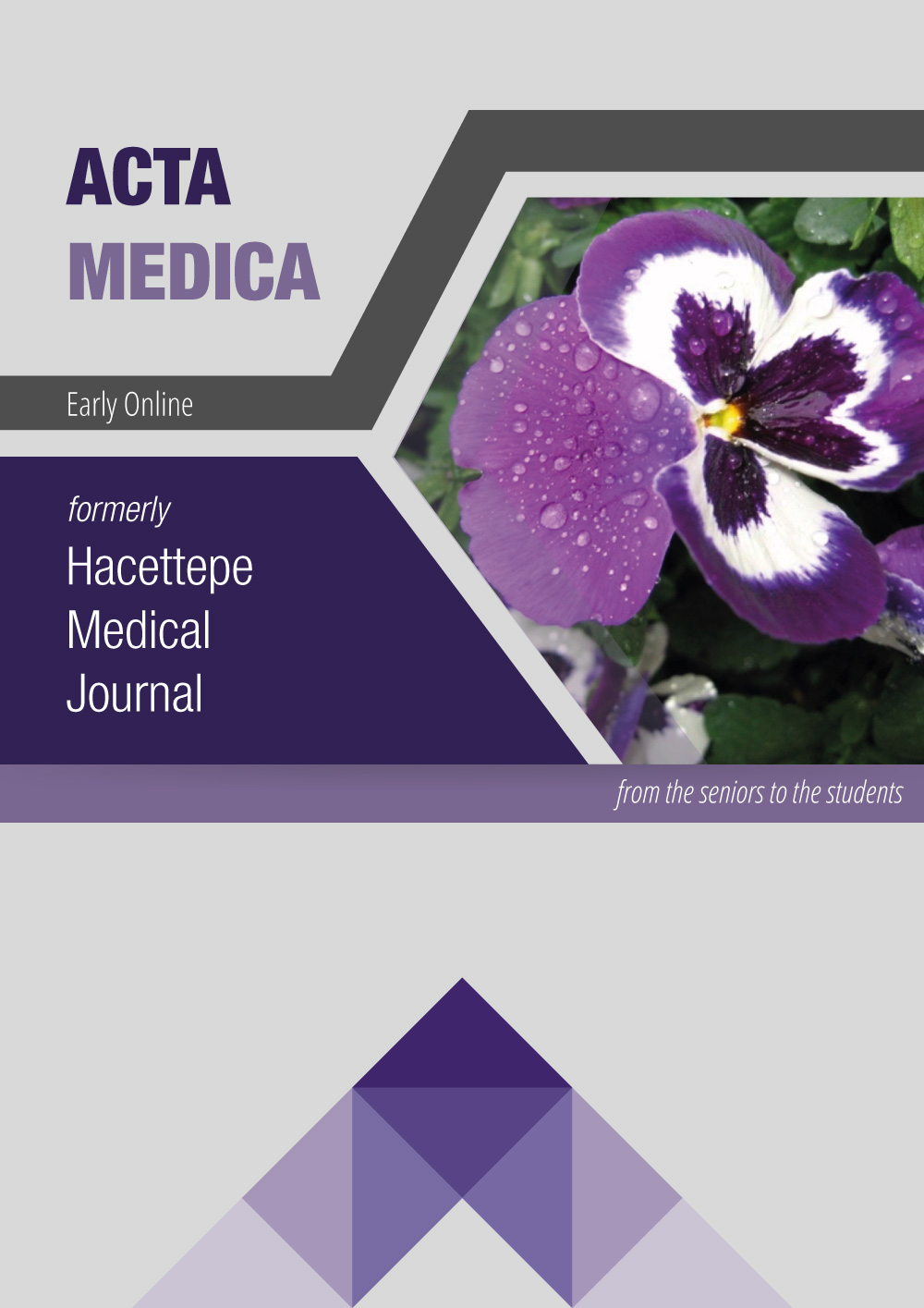Pediatric Liver Transplantation as Enzyme Replacement Therapy for Rare Metabolic Diseases with No Structural Liver Damage
DOI:
https://doi.org/10.32552/2021.ActaMedica.672Abstract
Objective: Very rare monogenic metabolic diseases without structural liver damage can be cured by liver transplantation. This process is a surgical enzyme replacement therapy, and defective enzymes may or may not be confined to the liver. The aims of this single center study of children with metabolic diseases showing structurally normal liver parenchyma were to analyze the indications and post-operative outcomes of liver transplantation, identification of developmental and metabolic benefits of the procedure with recognition of peri-operative difficulties to improve the success rate.
Materials and Methods: Patients under the age of 19-year-old who underwent liver transplantation for metabolic disorders with no structural liver injury between January 2015 and June 2021 analyzed retrospectively. Patient and graft survivals, indications for transplantation, presence of extra-hepatic enzyme deficiency causing other organ damage, inclusion of simultaneous or sequential kidney transplantation, immunosuppressive protocols, post-transplant complications, and metabolic outcomes were identified.
Results: Eight children with primary hyperoxaluria type 1 (n = 4), Maple syrup urine disease (n = 1), Crigler-Najjar syndrome type 1 (n=1), familial hypercholesterolemia (n=1) and propionic acidemia (n = 1) received left lobe (n=6) and left lateral segment (2) allografts from living donors. The median age of 4 girls and 4 boys at time of transplantation was 6.8 years (range 2.2-12.7 years). The median follow-up time was 3.3 years (range 1.5-5.7 years). The most common post-transplant complications were biliary system complications and infections and, two patients died because of sepsis. Six patients are alive with normal functioning allografts and metabolically stable on unrestricted diet.
Conclusion: Liver transplantation is a lifesaving treatment and improves patient’s and parent’s life quality for metabolic disorders with no parenchymal injury despite strict dietary restrictions and medical therapies. Especially, living donor liver transplantation is very important for populations with very low organ donation rates.


